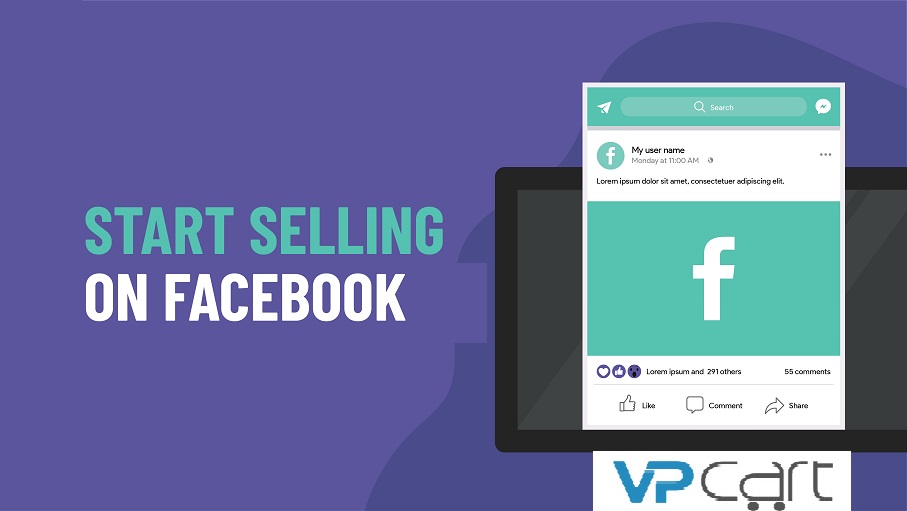
Balance Sheet and How Can It Help Your Business?

5mins
As a small business owner, you should know the financial position of your business, the assets, liabilities, and ownership equity at any particular point in time. In other words, you should be able to know your business's net worth and available tools that can help you stay informed.
That’s why every entrepreneur should be taking advantage of the balance sheet.
What is a balance sheet?
A balance sheet is one of the three financial statements that taken together, give you a picture of the overall financial health of your business. (The other two financial statements are the cash flow statement and the profit & loss statement, sometimes called the income statement.)
A balance sheet helps business stakeholders and analysts evaluate the overall financial position of a company and its ability to pay for its operating needs. You can also use the balance sheet to determine how to meet your financial obligations and the best ways to use credit to finance your operations.
The balance sheet may also have details from previous years so you can do a back-to-back comparison of two consecutive years. This data will help you track your performance and identify ways to build up your finances and see where you need to improve.
Why is a balance sheet important?
It may help to think of your business’s balance sheet as a scorecard or report card that shows the status of your business’s finances at a given moment in time. The balance sheet records your business’s assets, its liabilities, and the owners’ equity (also called shareholders’ equity) in the business.
What is a balance sheet’s purpose for a small business owner?
A balance sheet shows you the big picture. When you’re running a business day today, it’s easy to get focused on whether cash is coming in or not, whether you can pay your bills, and if you’re making payroll. A balance sheet goes beyond this short-term view to show your business’s progress over time.
A balance sheet helps you measure the value of your business. You may not be planning to sell your business anytime soon but having an idea of its value (that is, the owners’ equity) can give you insight into your options for its future.
A balance sheet can serve as an early warning system. Between the beginning and the end of the year, is your owners’ equity growing or shrinking? A well-run business should produce growing equity. If your business isn’t doing this, looking at the specific assets and liabilities on your balance sheet can help you find out why. For example, if most of your assets are inventory, that’s risky. Inventory that doesn’t sell quickly becomes a liability.

Components of the balance sheet (How a Balance Sheet Works)
A balance sheet has three sections:
- Assets (what the business owns),
- Liabilities (what the business owes both now and in the future) and
- Owners’ equity (assets + liabilities). Let’s take a closer look at each component.
Assets
Assets are typically organized into liquid assets, or those that are cash or can be easily converted into cash, and non-liquid assets that cannot quickly be converted to cash, such as land, buildings, and equipment. include current assets, fixed assets, and other assets. Current assets include:
Cash
Accounts Receivable
Inventory
Assets that can easily be converted to cash such as certificates of deposit
Fixed assets are long-term assets that your business will have for more than 12 months. They include:
Equipment
Buildings
Land
Vehicles
You may also have intangible assets, such as trademarks or patents.
Liabilities
Liabilities are funds owed by the business and are broken down into current and long-term categories. Current liabilities are obligations due to be paid within one year. It includes items such as accounts payable (supplier invoices), wages, income tax deductions, pension plan contributions, medical plan payments, building and equipment rents, customer deposits (advance payments for goods or services to be delivered), utilities, temporary loans, lines of credit, interest, maturing debt, and sales tax and/or goods, and services tax charged on purchases.
Long-term liabilities are any that are due after a one-year period. These may include deferred tax liabilities, any long-term debt such as interest and principal on bonds, and any pension fund liabilities.3
Equity
Equity, also known as owners' equity or shareholders' equity, is that which remains after subtracting the liabilities from the assets. Retained earnings are earnings retained by the corporation—that is, not paid to shareholders in the form of dividends.
Retained earnings are used to pay down debt or are otherwise reinvested in the business to take advantage of growth opportunities. While the business is in a growth phase, retained earnings are typically used to fund expansion rather than paid out as dividends to shareholders.
As a Small Business Owners, Do you need a balance sheet?
While it may sound like overkill if you are a one-person company or a very small business, a balance sheet is actually a valuable tool for businesses of all sizes to monitor their progress and see how they’re doing. An up-to-date and accurate balance sheet is essential for a business owner looking for additional debt or equity financing, or who wishes to sell the business and needs to determine its net worth.



















 TrustGuard - PCI Security Scanner
TrustGuard - PCI Security Scanner
